Last August, whilst my parents were visiting me in what was their second trip to Estonia I got a phone call from World Wide Travellers’ founder Livijus regarding an exhibition in the park of Kadriorg. It tell the story of a Baltic German traveller amidst the 18th and 19th centuries.
It won’t come as a surprise, if you read our previous articles in this very website, that we are madly in love with the old explorers. The times when travelling may have unfortunately not been available for everyone, but it made it, nevertheless, more special.
It took me a month more to finally make it to the park of Kadriorg in Tallinn, and more precisely to the Art Museum of Kadriorg (Kadrioru Kunstimuuseum), located in the Palace of Kadriorg that Peter the Great built for his second wife, Catherine, later to become Empress of Russia.
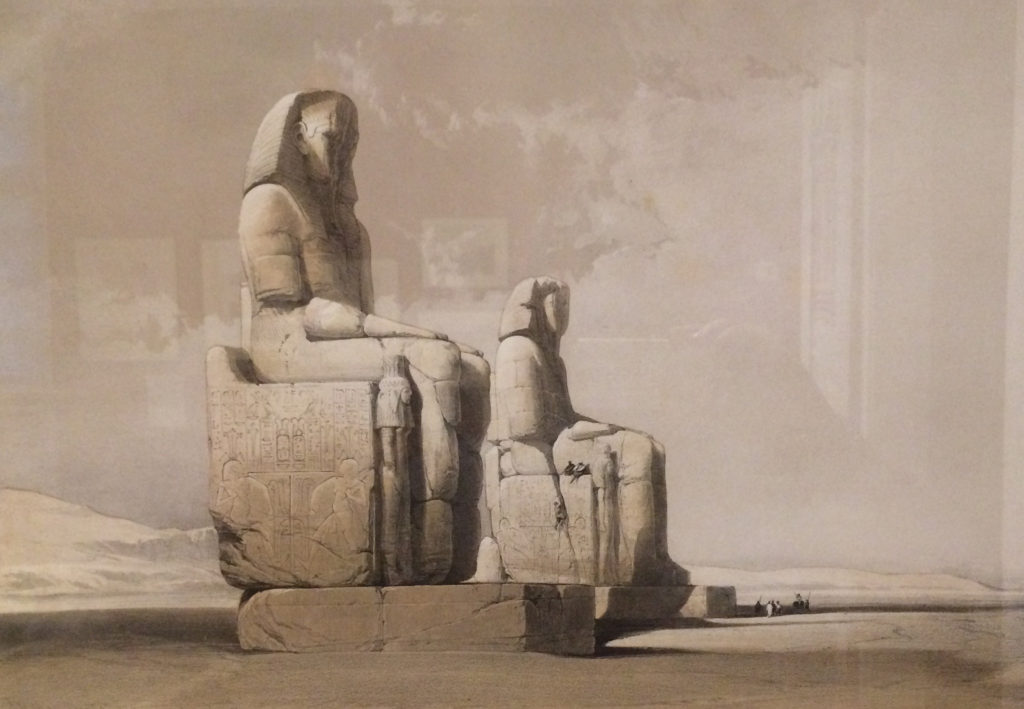
The exhibition itself, just a temporary one, had been organised by the Art Museum of the University of Tartu and supplemented for the Kadriorg Art Museum as a temporary exhibition between the 27th of May and the 1st of October of 2017. It focused on several explorations in Egypt and the south west area of Asia made by Otto Friedrich von Richter between 1791 and 1816, when an illness took away his life and left many more explorations unfinished.
The top floor of the Palace of Kadriorg was used for the exhibition. There, in the first room of the exhibition, you find yourself surrounded by oak panels and motifs of Danzig baroque style in what used to be the library created by Olev Siinmaa in 1939 to be used by president Konstantin Päts.
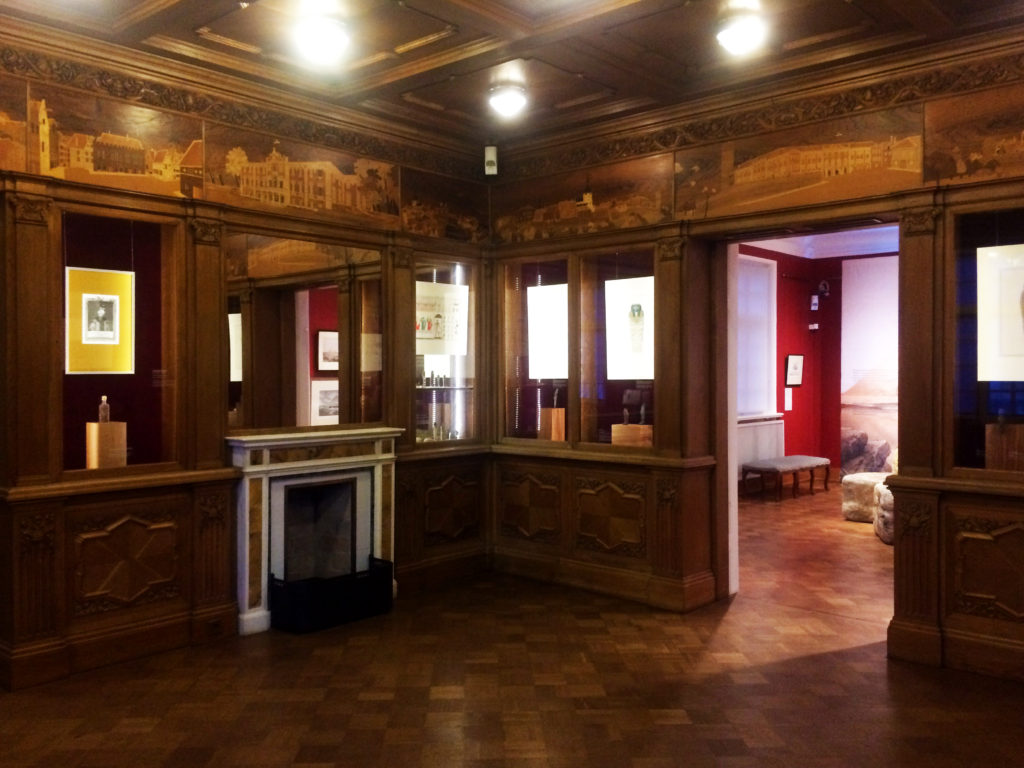
Von Richter being a Baltic German orientalist and traveller, born in the manor house of Vastse-Kuuste, in the county of Tartu, could very well be the first Estonian to ever make it to the areas along the Nile river of Egypt and Nubia, the latest being nowadays South Egypt and North Sudan.
After spending his childhood in the manor house of Väimela with this father Otto Magnus von Richter, under the tutelage of the later to be rector of Tartu’s university, Gustav Ewers; Otto Friedrich studied classical philology and Oriental studies in the University of Moscow.
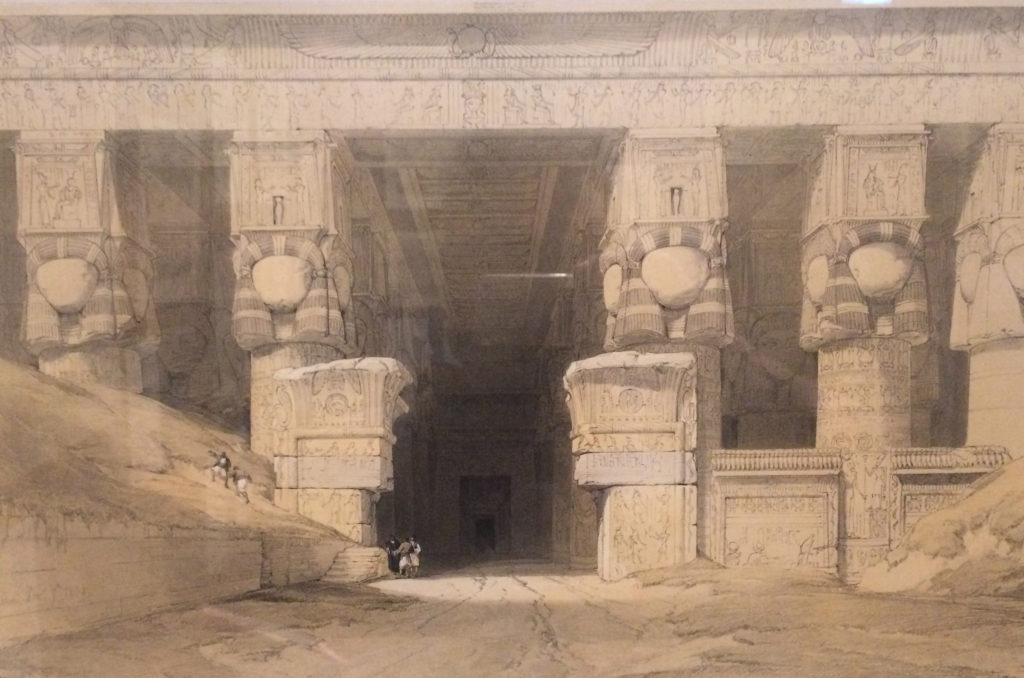
His growing interest in the Oriental world took him to Heidelberg, Germany, where he studied Persian and Arabic too. The Napoleonic Wars cut his studies short when he was planning on moving to Berlin and soon, back in Estonia, he started getting ready a trip that would start in Crimea in June of 1814.
Whilst in Odessa, von Richter met Sven Fredrik Lidman, a 30 year old Swedish priest who was a preacher in the Swedish Embassy of Istanbul. Lidman would become his travel companion and fellow expeditor.
After a stay in Istanbul, then officially still known as Constantinople, von Richter embarked on a journey along the stream of the river Nile and across the aforementioned regions of Egypt and Nubia. It was already the year 1815 when, starting in Alexandria he moved upstream to the beginning of the delta of the river in Giza, and then further south to Luxor and the Temple of Karnak, Aswan and finally Qasr Ibrim.
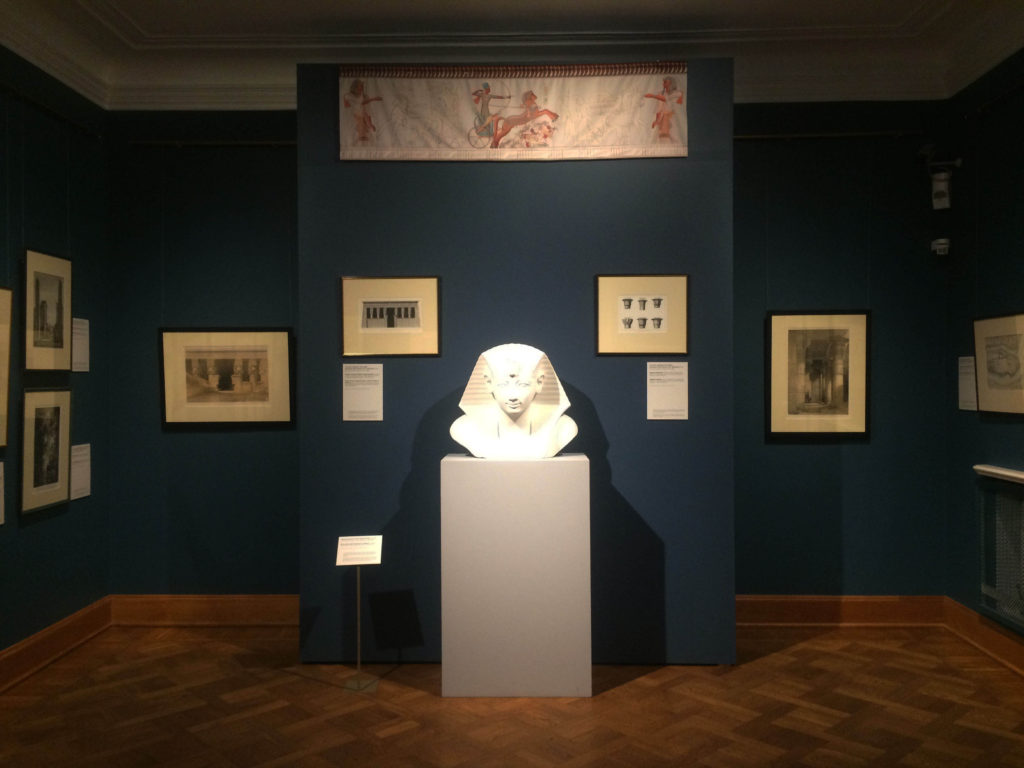
Thanks to several letters of recommendation, the ruler of Egypt, Muhammad Ali, granted them safe passage, making their adventure safer. They travelled mostly upstream by boat, stopping whenever the surrounding landscape and architecture deserved so.
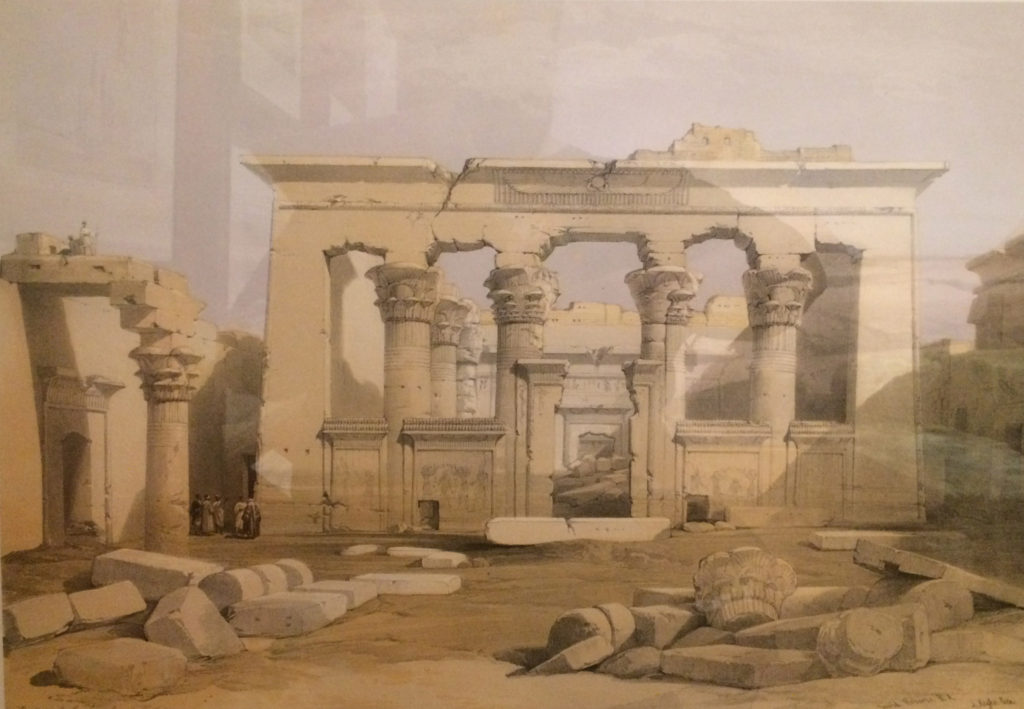
The journey didn’t stop in the area, and after deciding it was too risky to make it even souther, von Richter moved towards the northeast, visiting Jaffa and Palmyra before the end of the year and then Latakia, Cyprus, Lemnos and the Mount Athos.
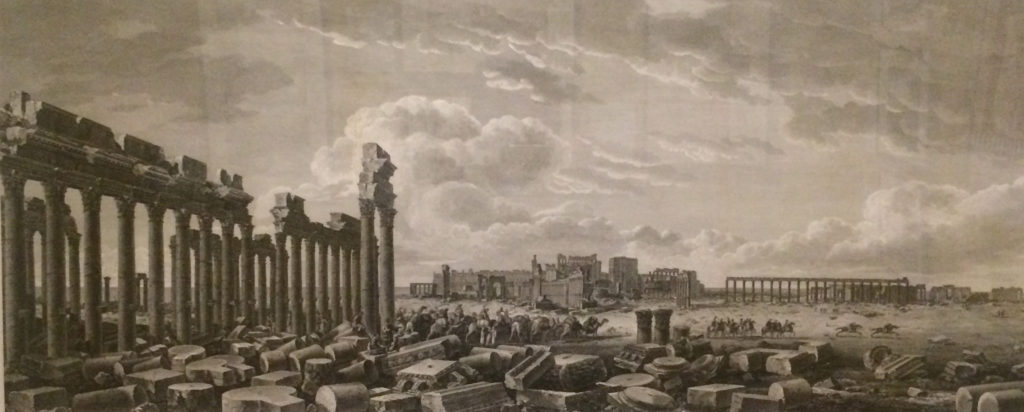
Otto Friedrich von Richter died the way most adventurers and travellers want to die: on the road. Definitely way too early, having just turned 25 at the time of death in 1816, but at least, when illness took his life away in modern day Izmir, Turkey (then a Greek city known as Smyrna) his travelling spirit was at is highest, and that is something we really can appreciate.
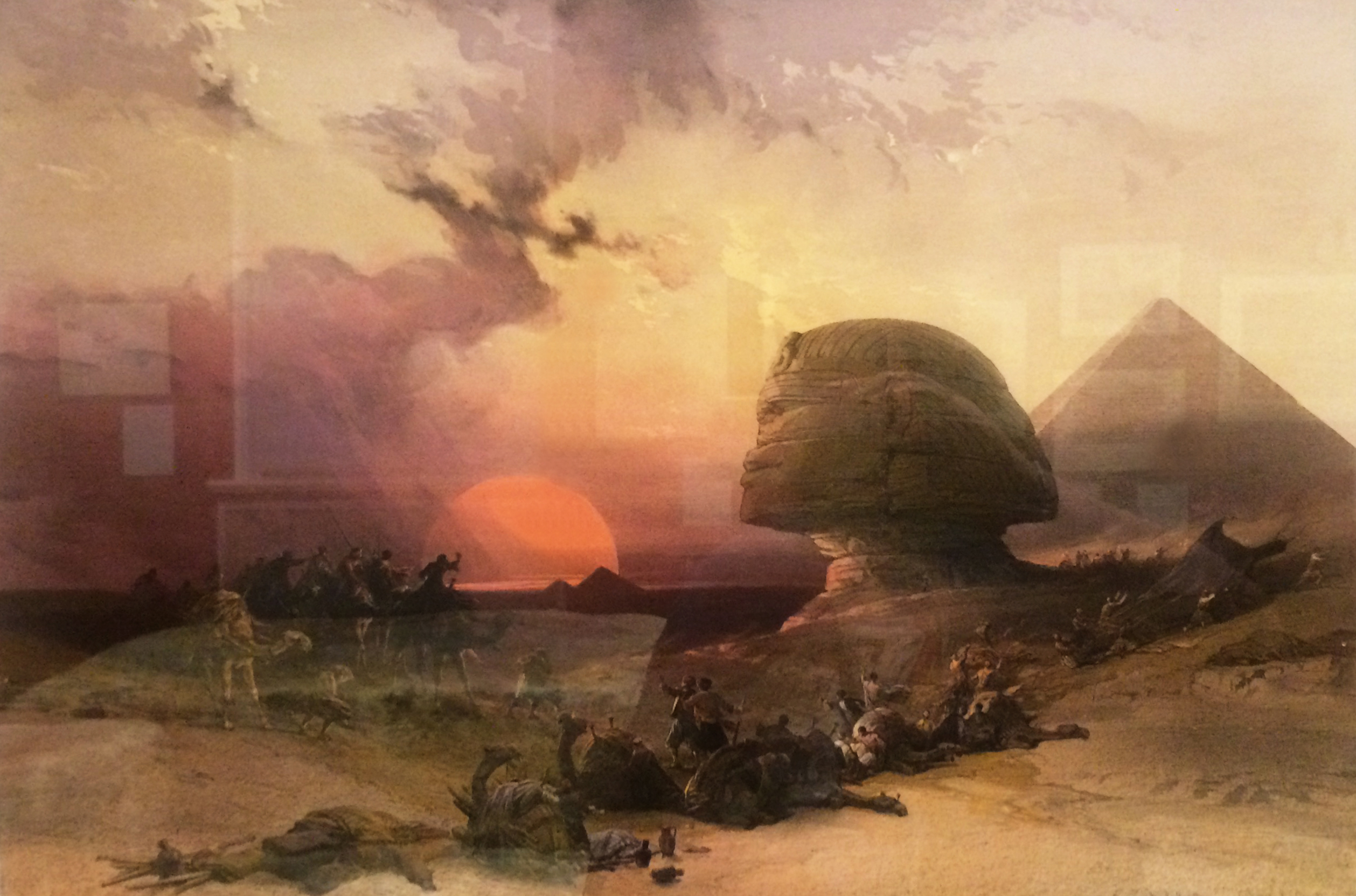
Hello, I am a decendant of Sven Fredrik Lidman. I have Otto Friedrich von Richter’s drawings from his trip to Nubia in my possession (they were a gift from the Richter family) and have been passed down through the centuries and are now in my possession.
I assume they are of some historical value?